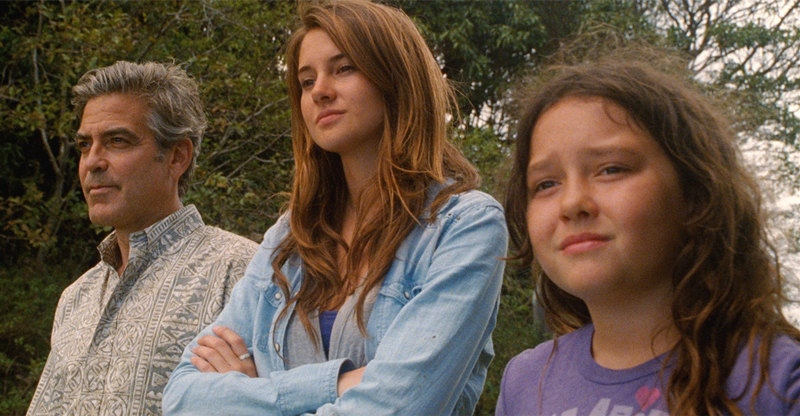St. Elmo’s is the name of a bar that seven recent college grads use as their new “I don’t want to grow up yet” hangout. It’s also a bright blue or violet “fire” that appears to emanate from masts at sea during an electrical weather storm–a phenomenon that occurs when a grounded object enters an atmospheric electric field. The title is supposed to be a metaphor, but I’m not sure how appropriate it is. True, these college grads still think they’re at a never-ending frat party and drink themselves into stupors, with a few of them even coming close to flaming out. But it’s a stretch to suggest that any of them are grounded. These twentysomething Brat Packers still act the way they did in “The Breakfast Club,” and that’s the audience for “St. Elmo’s Fire.” If you grew up with them, you’ll like this generally unlikable group. But as far as I’m concerned, they all could use a strict parent.
If “Friends” is the happy side of life-after-college, “St. Elmo’s Fire” is the darker, more melodramatic side, with some scenes feeling so full of foam that you’d swear somebody tried to use an extinguisher on them. John Hughes first brought the group together, but Joel Schumacher directed this Brat Pack outing.
The flame-outs are Billy (Rob Lowe), an alkie who’s on a bender throughout most of the film, and Jules (Demi Moore), whose idea of line dancing is sniffing coke and doing the dirty with whatever guy happens to be closest. Naturally, their friends try to be there for them, but the friends have problems of heir own.
Take Kevin (Andrew McCarthy), for example. He’s the brooding writer who hangs out at coffee houses and (believe it or not) plays the bongos. But he’s got a big-time crush on Leslie (Ally Sheedy), who’s unfortunately spoken for by his best friend, Alec (Judd Nelson), a political mercenary who, like the congressmen he aspires to one day join, can’t keep his eyes and hands off women. Then there’s Wendy (Mare Winningham), a freshly scrubbed-faced virgin who has the hots for Billy, and Dale (Andy McDowell), who, along with Leslie and Wendy, is among the most grounded of this bunch. And there’s Kirby (Emilio Estevez), who works at St. Elmo’s to help pay for law school. Diverting him from his serious studies is a stalker-like obsession with Dale.
I saw this film when it was released in 1985, and it struck me then as a Brat Pack film that was very much in the mold of that Baby Boomer reality check “The Big Chill,” which came out just two years earlier. But while “Chill” still holds up well, “Fire” seems just a little too artificially torrid. Given the level of the characters problems, the tone and treatment seems way too melodramatic–not quite the same as teen-scream over a pimple the night before a big date, but darned close. It’s what makes you think, “Ah, grow up!” That may be the film’s message, just as “Chill” called on Baby Boomers to stop wasting their lives and make them count for something because life is short, but it’s overstated. One of them can’t cope with having to work for a living, another is still trying to convince her parents that she’s grown up and capable of taking care of herself, another isn’t ready for fatherhood, and others can’t control their impulses. In other words, this group is still trying to grow up and clinging to each other as if they were lifebuoys because the world is such a big, bad scary place. Whether it’s Schumacher’s direction or the script that he penned with Carl Kurlander (“Saved by the Bell: The New Class”), “St. Elmo’s Fire” takes the potential drama way too far and the characters verge on becoming types or, worse, caricatures. It’s no doubt why Rob Lowe earned a Worst Supporting Actor Razzie for his performance.
How much you like “St. Elmo’s Fire” now will be directly connected to how much you like or admire the actors themselves. They’re a young group who’ve gone their separate ways and with distinction, in many cases, so it’s fun to see them together when they were first starting out–kind of like watching reruns of “The Mickey Mouse Club.” It’s supposed to be “a poignant picture of life in the fast lane,” but the narrative threads are so Mickey Mouse themselves that you could find more depth in a beer mug.
Video:
The AVC/MPEG-4 transfer appears to be a decent one, and the first thing you notice is that the black levels permit all sorts of depth that you just don’t see in the DVD. Colors are bright and vivid, and the level of detail is superb. Things pop out, even in the shadows. “St. Elmo’s Fire” is presented in 2.40:1 aspect ratio.
Audio:
The audio isn’t quite as impressive. I thought the English, French, or Portuguese Dolby TrueHD 5.1 was a little flat at times, which you notice when the Grammy-nominated score ISN’T rocking. The dialogue seems soft in some scenes, though the front speaker spread is sufficient to generate the illusion of sound filling the room rather than hanging around each speaker. Overall it’s a decent audio presentation, but nothing to jump up and down over. An additional option is in Spanish Dolby Digital 5.1, with subtitles in English, English SDH, French, Spanish, and Portuguese. Special features subtitles are limited to Spanish and Portuguese.
Extras:
Pretty skimpy, if you ask me. Aside from a John Parr “Man in Motion” music video, all fans of the film receive is a vintage eight-minute making-of feature that’s as ordinary as can be, and a commentary by Schumacher that will have you reaching for the snooze button at times. I know the movie didn’t excite me all these years later, but you’d think the director could have mustered more enthusiasm. Fans will wish for more anecdotes, because that’s when the commentary is actually most engaging.
Bottom Line:
“St. Elmo’s Fire” raked in nearly $37 million at the box office, and it helped launch the Brat Packers in their various career directions. But it just doesn’t hold up anymore. Even teens might have a hard time identifying with the level of melodrama we get here.


